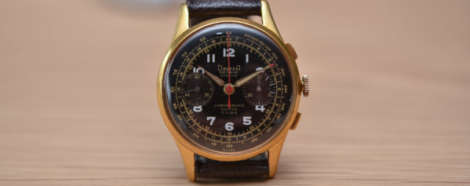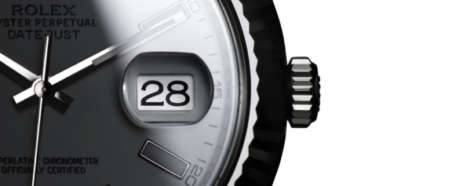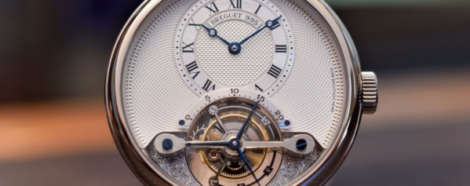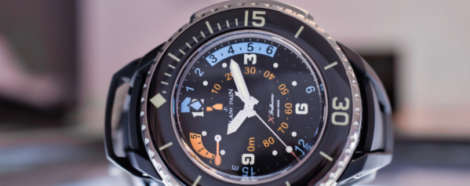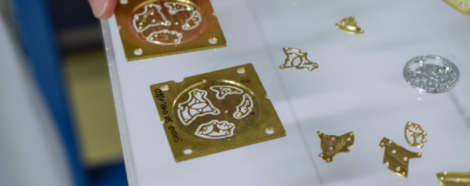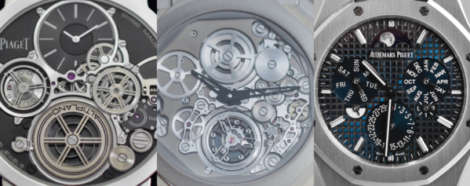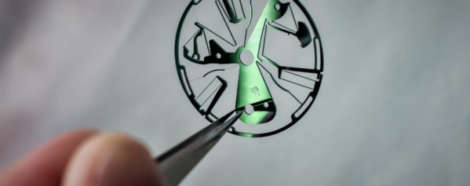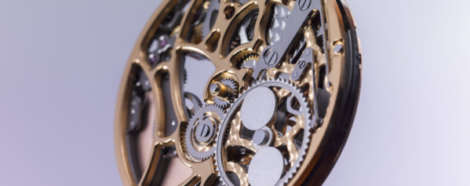In-Depth – Chronographe Suisse – The Story Behind a Mysterious but Productive Chronograph Brand and Supplier
It’s not uncommon for watch brands to buy cases, movements, crystals, straps, etc. to assemble at their base location, and then stamp their name on the dial and call it their own. Not all companies can build from scratch and even major luxury brands use ETA movements and various outsourced components. Back in the 1940’s, a brand known as Chronographe Suisse (Swiss Chronograph) provided inexpensive “generic” chronograph watches and parts for brands to adopt and add their name. Even local jewellers branded these watches as their own. They sold watches with in-house “Chronographe Suisse” branding as well, adding some confusion into the mix. Popular in the European market as (relatively) cheap Swiss watches for tourists, Chronographe Suisse became a significant revenue source for small, often forgettable brands and many of these watches are collectables today. At its peak, over 500 workshops were producing watches from Chronographe Suisse supplies. This successful business model thrived from the 1940’s to the 1970’s, before the quartz revolution wreaked havoc on the industry overall. Let’s take a closer look at this somewhat forgotten chapter of twentieth-century watch history.
